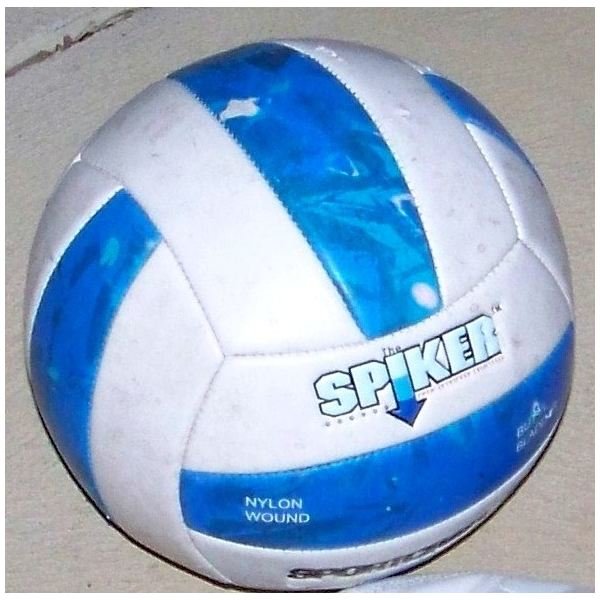Teaching English Grammar Lesson Plans and Strategies to Help
Have a Ball with Your Lessons
When planning your next grammar lesson, try a variety of teaching strategies. Students can learn by completing handouts that focus on writing conventions; however, the worksheets can be tedious. A better strategy is to make a game to teach or to review grammar.
**
Keep Them on Their Toes
Unfortunately, if you say the words “grammar lesson,” some students will begin to groan or stop listening all together. One way to teach grammar basics is to make a game of the concept. For example, you may want to play a game to review or to teach the eight parts of speech or action verbs and verbs of being.
To add physical movement or bodily-kinesthetic intelligence, which is from Gardner’s Multiple Intelligences, to a game, bring two baskets and two balls to class. Use laundry baskets or any medium to large size tubs. One basket is labeled Yes and the other labeled No. Then, ask grammar questions that require a “yes” or “no” answer. Students throw the ball into the right basket. If they miss, make up rules for that too. For example, give the ball to the other team to throw when a student misses. This essentially gives them another chance to win more points in the game.
Variation of Grammar Ball
Another variation on this type of grammar game is to bring in enough balls for the entire class. These balls need to be small in size. It works best if you have half of the balls one color and the other half another color for counting purposes. Students are placed in two teams. If a team member throws the ball in the right basket, the ball gets to stay and be counted. If the team member throws the ball in the wrong basket, take the ball out of the basket and the other team gets a chance to throw the ball.
After all of the balls are sitting in the baskets, you count up which team has the most right answers or balls in the baskets by counting the coordinating colored balls. If you allow students to throw the balls of the other team when an answer is missed, these “right” answer balls need to be taken out and counted as bonus points right away to have an accurate count of right answers for both teams at the end of the game.
Irregular Verb Basket and Ball Game
Use this game with usage there, their, and they’re errors or with grammar usage and style errors by asking the following questions about irregular verbs.
Are these sentences grammatically correct? Yes or No?
Directions: Throw the ball into the Yes Basket or No Basket to show your answer. The person or team with the most balls in the correct baskets will win the game.
- I seen it yesterday? (ans. no)
- I have went to the store in the past (ans. no)
- They have swum in the river by the cabin. (ans. yes)
- Mary drunk the whole pitcher of lemonade by herself. (ans. no)
- The bell has rung and it is time to start the test. (ans. yes)
- Marilyn has taken the medication in the past. (ans. yes)
- Shawn and his mother have began planting the spring flowers. (ans. no)
- The television was broadcast two hours late due to the basketball game. (ans. yes)
- The cookies bursted into flames after they were in the oven too long. (ans. no)
- Mattie has chose to not go to the dance. (ans. no)
- Daniel has awaken each night at midnight for no reason. (ans. no)
- The dog has bitten Callie on the hand in the past. (ans. yes)
- Shawna forbade Heath to go to the concert yesterday. (ans. yes)
- Max has gave gum to me in science class. (ans. no)
- At the grocery store, she has grounded her own coffee beans. (ans. no)
Grammar does not always need to be a game. Sometimes, you need to focus on key grammar errors with different strategies.
More Strategies
Grammar lessons and strategies vary, which is a good thing. Using a variety of strategies will hopefully help students with their different grammar problems.
Daily Grammar Mini-Lessons
One strategy to combat grammar issues is to teach a small mini-lesson each day. There are great resources out there for this grammar strategy, such as Jane Bell Kiester’s book Caught’ya!: Grammar With a Giggle [Maupin House Publishing; 1st edition (September 1, 1990)]. Kiester has several other books with similar names and content, such as Giggles in the Middle. In addition, the company Great Source produces the Daily Language Workouts books that are used in conjunction with their writing reference books, Write Source. The Write Source books are written for specific grade levels.
Keep a Student Grammar Error Notebook
As you grade papers, write down sentences that “showcase” a specific mistake in a student grammar error notebook. It is helpful to have one to five pages designated for each type of grammar mistake in the notebook. It is important to never give out the names of the grammar offender when discussing these errors in class. When you want to discuss run-ons and fragments, type the sentences from this section in your notebook so that they can be projected in the classroom.. Then, discuss why the sentences are wrong in class. Also, it is helpful to correct the sentences in class.
Grammar is something that is difficult for many and easy for a few. It is important to try a variety of grammar strategies and lessons to help all of your students in the classroom.
Resources/references:
Daily Grammar Lessons, https://www.dailygrammar.com/archive.html
Irregular Verbs, https://www2.gsu.edu/~wwwesl/egw/verbs.htm
Kellie Hayden has been a middle school and high school English teacher for 19 years. Many of these grammar lesson ideas have been used in her classroom.
Photo credit:
Kellie Hayden
